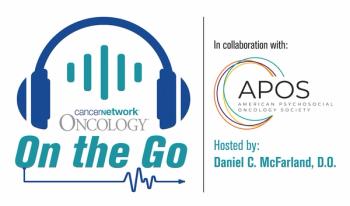
Oncology NEWS International
- Oncology NEWS International Vol 4 No 7
- Volume 4
- Issue 7
M.D. Anderson Holds First Cancer Meeting in Spanish
HOUSTON--Spanish-speaking oncologists from around the world stopped off in Houston on their way home from the ASCO meeting to learn more about state-of-the-art cancer care--in their own language.
HOUSTON--Spanish-speaking oncologists from around the world stoppedoff in Houston on their way home from the ASCO meeting to learnmore about state-of-the-art cancer care--in their own language.
The University of Texas M.D. Anderson Cancer Center sponsoredthe 2-day Conferencia Internacional de Oncologist Medica, thefirst ever to be presented exclusively in Spanish at the cancercenter.
"M.D. Anderson is probably the only center in the countrythat could put together such a program in Spanish. At least onephysician or researcher in each of our major services speaks fluentSpanish, and these faculty are on the conference program,"said Dr. Richard Pazdur, assistant vice president of academicaffairs and a conference organizer.
About 5% of M.D. Anderson's patients come from other countriesand most of them speak Spanish. To assist these patients, theCenter has established the International Patient Center, a patientfamily hotel where multilingual staff serve as advocates for patientsfar from home.
Articles in this issue
over 30 years ago
House Panel Holds Hearing on Self-Referralover 30 years ago
Health-Related Legislationover 30 years ago
Mitoguazone Appears Promising in HIV-Associated Refractory NHLover 30 years ago
Responses to Anti-HER2 MoAb Seenover 30 years ago
MoAb May Improve Detection of Colon And Rectal Cancerover 30 years ago
Zeneca Files NDA for ArimidexNewsletter
Stay up to date on recent advances in the multidisciplinary approach to cancer.





















































































